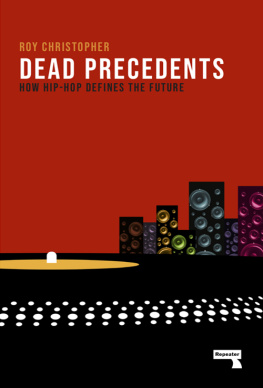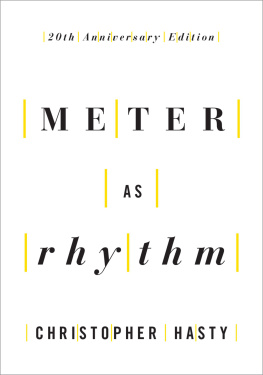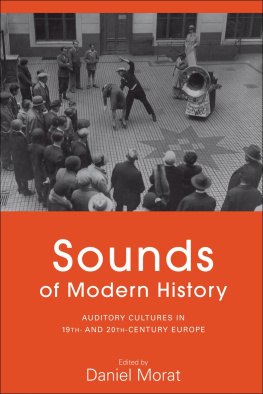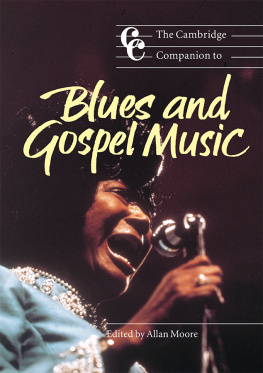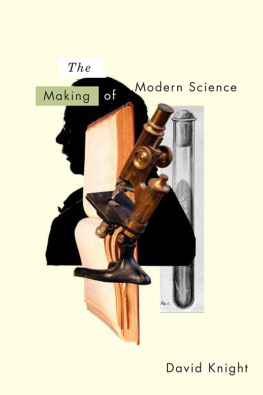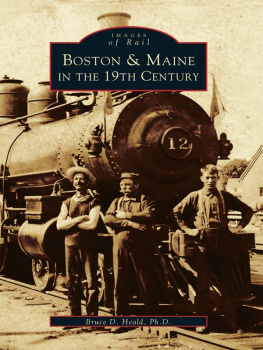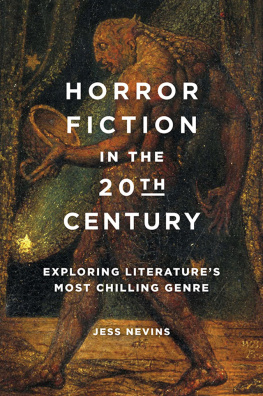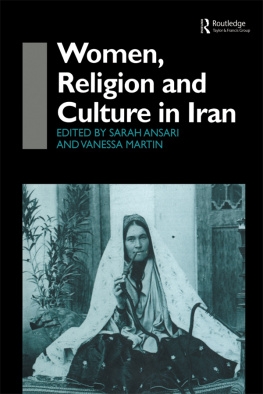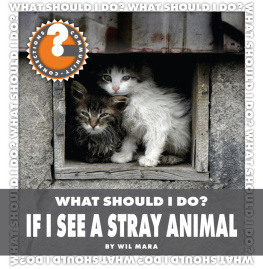INTRODUCTION
The essays in this volume are based on papers given at a Cambridge Philological Society seminar held at Newnham College, Cambridge on 25 May 1996. They represent two well-established traditions of academic writing: the investigation by specialists of the history of their own subject, and the exploration of an institutions history by its members. Both these traditions have had their characteristic weaknesses. The former has suffered from an ignorance of, or lack of interest in, the wider social and cultural contexts of its immediate subject-matter; the latter, from the celebratory piety which has glossed over dispute and kept skeletons firmly locked in their cupboards. Not so in the present volume, whose contributors are either willing, or positively eager, to identify connections without, and skeletons within. In the light of the recent tendency to deprecate local studies as parochial, it may be worth emphasising that subject-matter and analytical scope are two distinct things. To explore the microcosm is not necessarily to see it as an isolated world, or as no more than a monadic reflection of the macrocosm. Individual institutions act as carriers of widely-diffused traditions of knowledge and value (in this case, classical); but they shape them in their own way. The challenge is to identify the nature and causes of similarity and difference. The question is not whether one writes of, and from, local knowledge, but how.
One particular development in the recent history of classics in Cambridge deserves to be highlighted, since it bears directly on the subject of this volume. Since 1984, the nature and history of classics have been explored under the auspices of Group X in Part II of the Classical Tripos. Well down the alphabet from the nineteenth-century Sections (A-E) which are discussed in this volume, Group X was intended as a wild card which transcended their disciplinary boundaries. Some of the flavour of this exercise in postmodern provocation can be caught from its founders collaborative squib: Mary Beard and John Henderson, A very short introduction to classics (1995). More recently, Hendersons Juvenals Mayor: the professor who lived on 2d a day (1998) has deconstructed the stereotyped image of Mayor as a lovable but misguided eccentric: an image which, while containing elements of truth, has functioned to discourage a serious analysis of his work and his motivations.
A similar concern underlies Mary Beards The invention of Jane Harrison (1999). But here there is a further twist: the mythicising was begun by the subject herself. Beard reads Harrisons presentation of herself (notably in her Reminiscences of a students life, 1925) as a tissue of self-aggrandisement masquerading as self-deprecation. The career of Eugenie Strong, in many ways parallel to Harrisons and in its earlier stages linked to it, is used by Beard to show how a different story of Harrisons life can be told.
This theoretically-informed deconstructive agenda is not the only basis for such work. Similar results can be achieved by a straightforward concern to set the record straight, as with Pat Easterlings recent discussion of Gilbert Murray, which illuminates by the simple, and unfashionable, strategy of taking him seriously as a literary critic.
The late-Victorian and Edwardian world to which Jebb, Mayor, Harrison and Strong belonged may now seem all so very different, and so unimaginably long ago. Yet it is also part of the history our history of classical scholarship. And the feeling of a gap not to be bridged needs to be confronted with the cosiness of the local oral tradition in which these same scholars figure. In a curious way, the stereotypes I have been discussing are located at the crossroads of historical distance and institutional proximity. The essays collected in this volume demonstrate, I believe, that this crossroads is a fruitful as well as a dangerous place at which to meet.
The exception is David Gills paper, which was written especially for inclusion here. Thanks are due to Gill Sutherland and Pat Easterling of Newnham College for help with organisation, to Colin Austin for advice and help in more than one capacity, and to Paul Cartledge for continuing support. The task of editing was lightened by Frank Walbank, who read and commented on the entire text.


